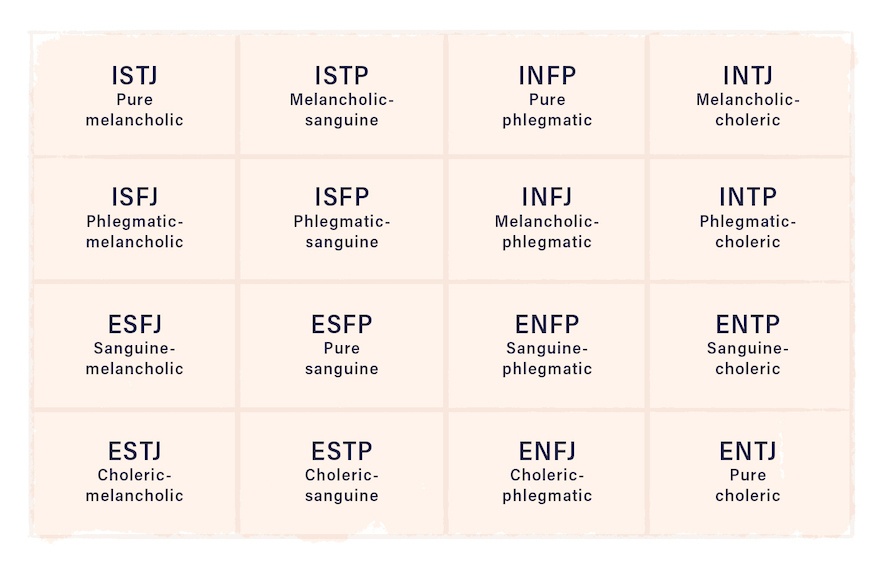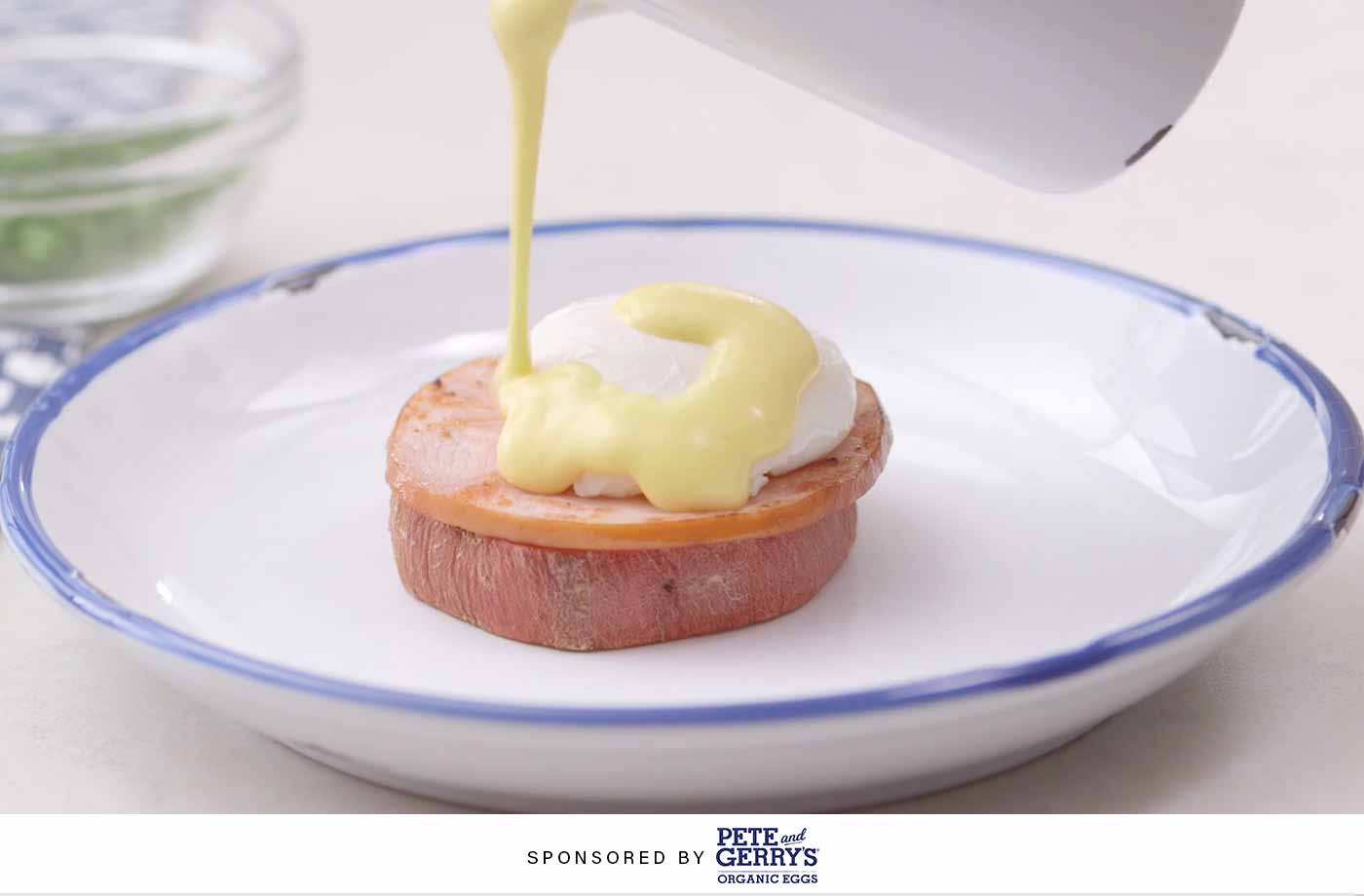
September 04, 2019 at 01:00AM by CWC
Way back, before the cultural interest expanded for Myers-Briggs, enneagram, Helen Fisher’s romantic types, David Keirsey’s temperaments, and beyond, the ancient Greeks were already hypothesizing about personality types. Philosopher Hippocrates‘ temperament psychology posited that characteristics of personality are derived from different proportions of bodily fluids unique to each person: black bile, yellow bile, blood, and phlegm. Based on this measure, each person would fit into one of four temperaments.
While the fluid concept didn’t hold up to scientific advances and discoveries, taking a closer look at temperament psychology and how its four types parallel in many ways to current standards of personality theory is eye-opening. Below, check out a description for each, how it connects to other personality indicators, and then learn how to discover your own.
1. Sanguine
Sanguine personalities are bright, optimistic, cheerful, energetic, and spontaneous. They embody youth and are easily bored, preferring constant entertainment to sitting still. They prefer variety to stability, and often chase risk with a high tolerance for adventure. They tend to be very friendly and easy to be around, but they don’t always take things seriously.
Fast facts about Sanguines:
ADVERTISEMENT
ADVERTISEMENTKate Spade Autumn/Winter Sale |
Element: Air
Fluid: Blood
Often embodying people who are: Myers-Briggs ESFPs; enneagram 7s
2. Phlegmatic
Phlegmatic types are the likable peacemakers who are calm, cool, collected, and diplomatic above all else. They care a lot about others, but are also emotionally reserved and hide their feelings from those they care about. They are relaxed and rarely ruffled, easily able to explain complex problems to others, and they are great empathizers. Phlegmatics fly under the radar and don’t draw attention to themselves, preferring the intimacy of close friends and the solitude of their alone time.
Fast facts about Phlegmatics:
Element: Water
Fluid: Phlegm
Often embodying people who are: Myers-Briggs INFPs; enneagram 2s and 9s
3. Choleric
Cholerics are the leaders. They skew extroverted, goal-oriented, driven to succeed, and excited to implement. Confident and type-A, Choleric energy is outwardly focused on doing, connecting, and pushing ideas forward. These people are logical and straightforward, pragmatic, and quick to action. They aren’t afraid of confrontation, and won’t sit back and wait for others to affirm their ideas. Rather, they run with those ideas. They tend to immediately grasp difficult concepts and see clear paths forward.
Fast facts about Cholerics:
Element: Fire
Fluid: Yellow bile
ADVERTISEMENT
ADVERTISEMENTSports Direct Free Delivery on All Orders! |
Often embodying people who are: Myers-Briggs ENTJs; enneagram 3s and 8s
4. Melancholic
Melancholics are analytical and thoughtful in addition to being deep-thinkers and feelers. To the Greeks, these types were pensive, complex, and introverted. They’re typically eager to contribute in some way, whether that’s to society or to their community, but they’re otherwise insular, preferring to keep to themselves. Melancholics are perfectionistic idealists who hold themselves and others to high and (sometimes unreachable) standards.
Fast facts about Melancholics:
Element: Earth
Fluid: Black bile
Often embodying people who are: Myers-Briggs ISTJs; enneagram 1s and 6s
How to use temperament psychology to learn more about yourself
Most people are of mixed-temperament, meaning they have a primary and a secondary temperament inherent to their personality. You can find out your combination by taking this quiz here. My results tell me that I’m a mix of melancholic-choleric temperaments. That’s wholly fascinating because the markers of that mix coincide with my Myers-Briggs personality type: INTJ.
If you’re curious about how your results from the four temperaments quiz relates to your Myers-Briggs results, consult the map below.

Of course, there are many reasons results may not line up—including but not limited to your Myers-Briggs classification not being on the nose (here are some reasons that may happen). But understanding different typologies and how they connect can help paint a clearer picture of your true essence. That, and they’re also super-fun to learn about.
If you’re curious about your happiness language, take this quiz. Plus, these are the best plants for your personality type.
Author Jenna Birch | Well and Good
Selected by CWC
ADVERTISEMENT
ADVERTISEMENTUp to 30% off Gift Sets |







